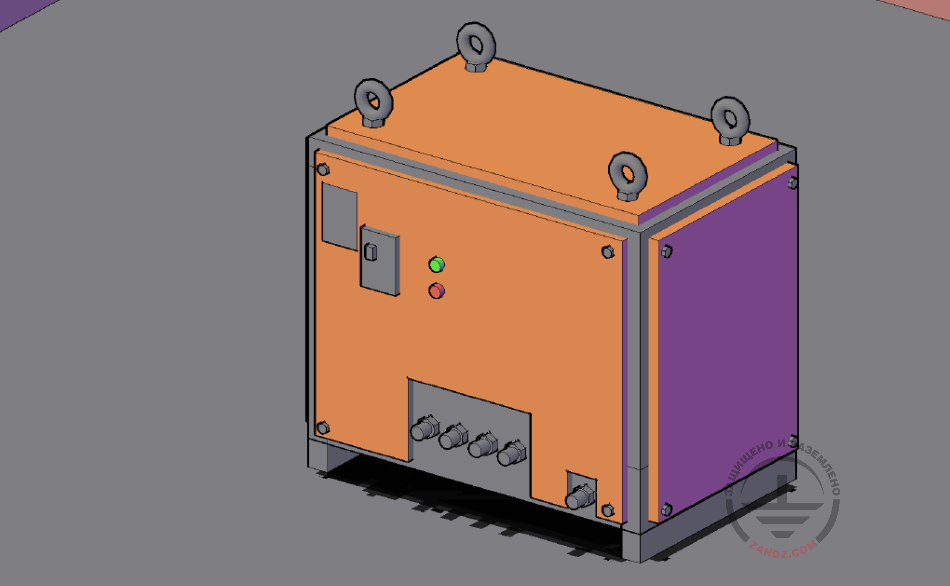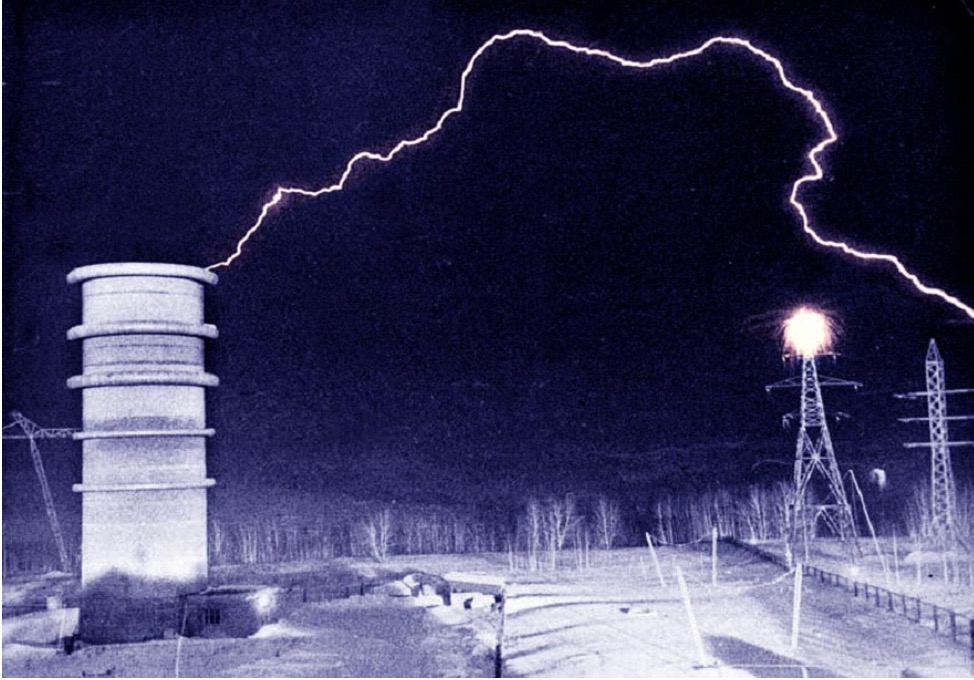
Why do we need to protect a chimney against lightnings? This is probably because it is very high? Why, indeed? Standard IEC 62305 and the Russian lightning protection document SO-153-34.21.122-2003 do not even mention chimneys. Previous Instructions for Lightning Protection RD 34.21.122-87 consider chimneys more carefully. First, they are considered as natural lightning arresters and are recommended for the protection of adjacent buildings and lower structures. Second, such chimneys more than 15 m high are to be protected against direct lightning strikes irrespective of the material they are made of. But then, item 2.31 of the Instructions states that we only need to protect non-metal chimneys, including the ones made of reinforced concrete. To do this, it is recommended to install one, two, or three lightning rods with the chimney up to 50 m, 150 m, or over 150 m high, respectively. The height of these lightning arresters should be at least 1 m. However, for the chimneys over 150 m high, requirements to the rod height decrease, for some reason. Here, lightning rods may even be only 20 cm. Even a flat ring can be used along the external perimeter of the upper chimney endface.
It is not clear how to treat all of these confusing aspects. The directions fully contradict regulatory requirements of this document with regards to the lightning arrester selection. According to the prescribed method, they must be higher than the protected facility by at least 8%. Thus, for the 150 m chimney, we should talk about lightning rods at least 12 m high. Evidently, regulatory requirements to the chimney protection do not make sense at all. We have to begin from the start.
Read more in the article by Professor E.M. Bazelyan "Lightning Protection of Chimneys".
Moreover, on November 11, 2020, we held the webinar titled "Lightning Protection of Chimneys". Its participants have learnt about all major details, specifics, and contradictions in standards for lightning protection of chimneys and their application.
Watch the details in a video:
Related Articles:








